Once again, big thanks all around for the enthusiasm, support and comments on the posts during the Tokyo 2020 Olympic coverage! Shared as often as I could, and it triggered a lot of questions, and hopefully, in the next few blogs, I can get to a few I zeroed in on, and then anymore that this might trigger. Send them over!
Trust me, I had questions as well. Like, when trundling 40 pounds of gear up stadium steps for an elevated view, like, “Why am I doing this?” And, at the Family Mart down the block from my hotel: “What variety of egg sandwich for breakfast? And then, for lunch? And, hmmm, for dinner?
Question (And most predominant one:): How’s the Nikon Z9 performing?
Answer: I don’t know. Haven’t shot it! The Olympics for me were an almost exclusively Nikon D6 event. They are flagship, workhorse cameras, super fast and tight to a fault for AF response. It was the go-to camera of the day. Got banged around at venues and on buses and they just kept performing. Thank you Nikon Professional Services! They loaned me D6’s to use, along with long glass.
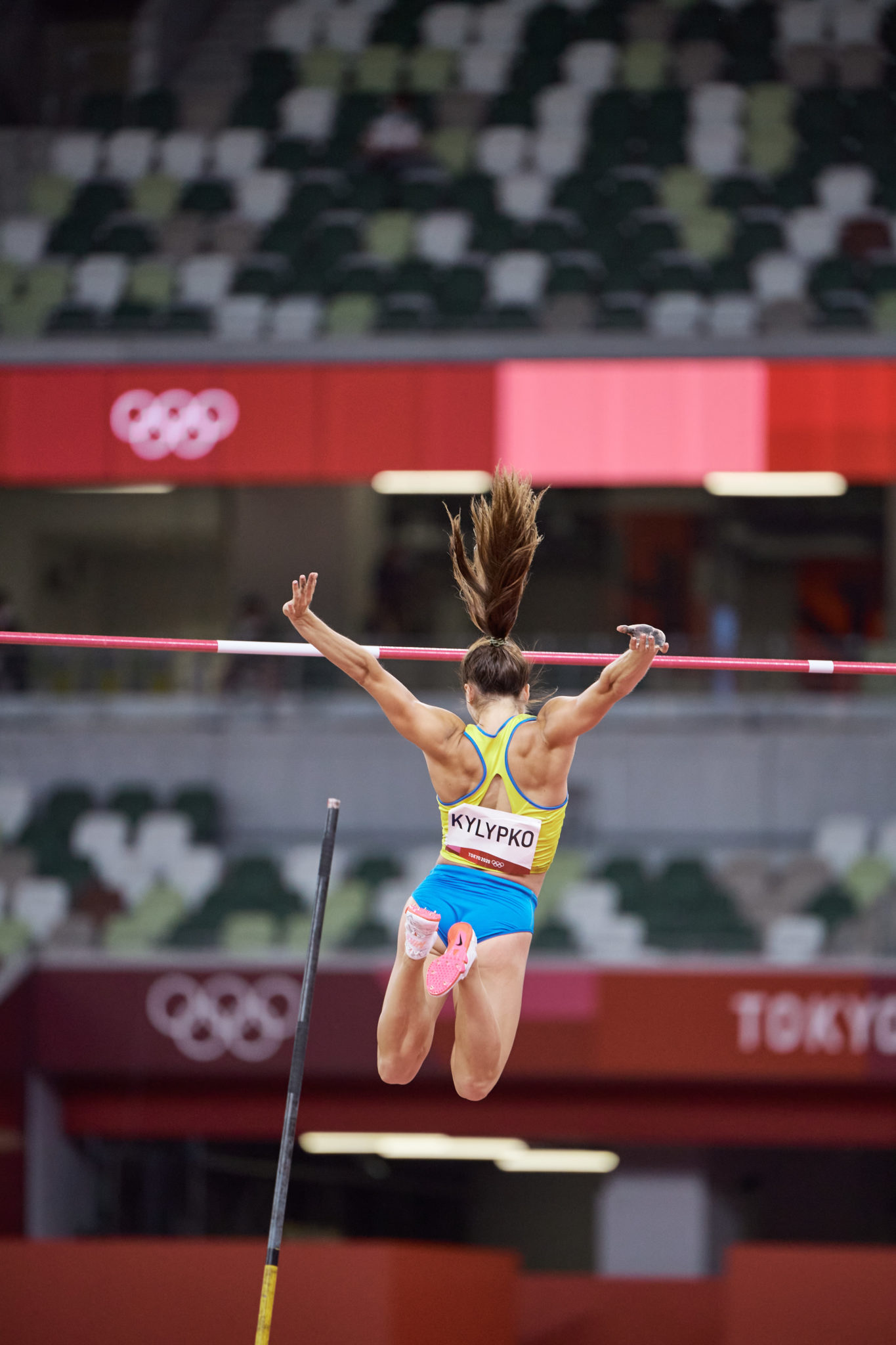
Question: What was your autofocus mode?
Answer: It varied. I was always obviously on dynamic, tracking action. Depending on the nature of the action, I would use single point dynamic, and/or small groups of points, such as a9, which has face recognition. Occasionally full blown auto-area, with face detection. Worked extremely well. I shot the Rio Olympics with D5’s, which were excellent, and the D6 is a substantial improvement.

Question: Did I have an assistant?
Answer: No. Made for a long day. Planning, shooting, selecting, toning quickly via Capture One Pro, and then delivering as quickly as possible to Zuma Press. It was a total effort on the part of the studio, as Annie Cahill, back home, was managing and distributing images for social media as I edited, often times via PhotoShelter.

Question: How did the lack of fans and empty seats and stadiums affect your shooting strategy and coverage?
Answer: Good question. You can usually count on the multi-colored garb of fans holding flags and signs to provide a rich tapestry of out of focus color splash for a background. Instead, photographers had to rely on the graphics, often lacking in pop, of out-of-focus seats. I sometimes would respond by seeking a slightly higher angle and eliminating the upward glance of the camera into the emptiness, and keep the graphics of the track, for instance, at the Olympic Stadium, as my background. Or go to a larger lens than normal and isolate a uniform background. Or resort to motion, either of the athletes, or the camera itself to create a bit of a dynamic. It was an unusual thing to be sure, photographing these world-class performances being executed in front of….no one.
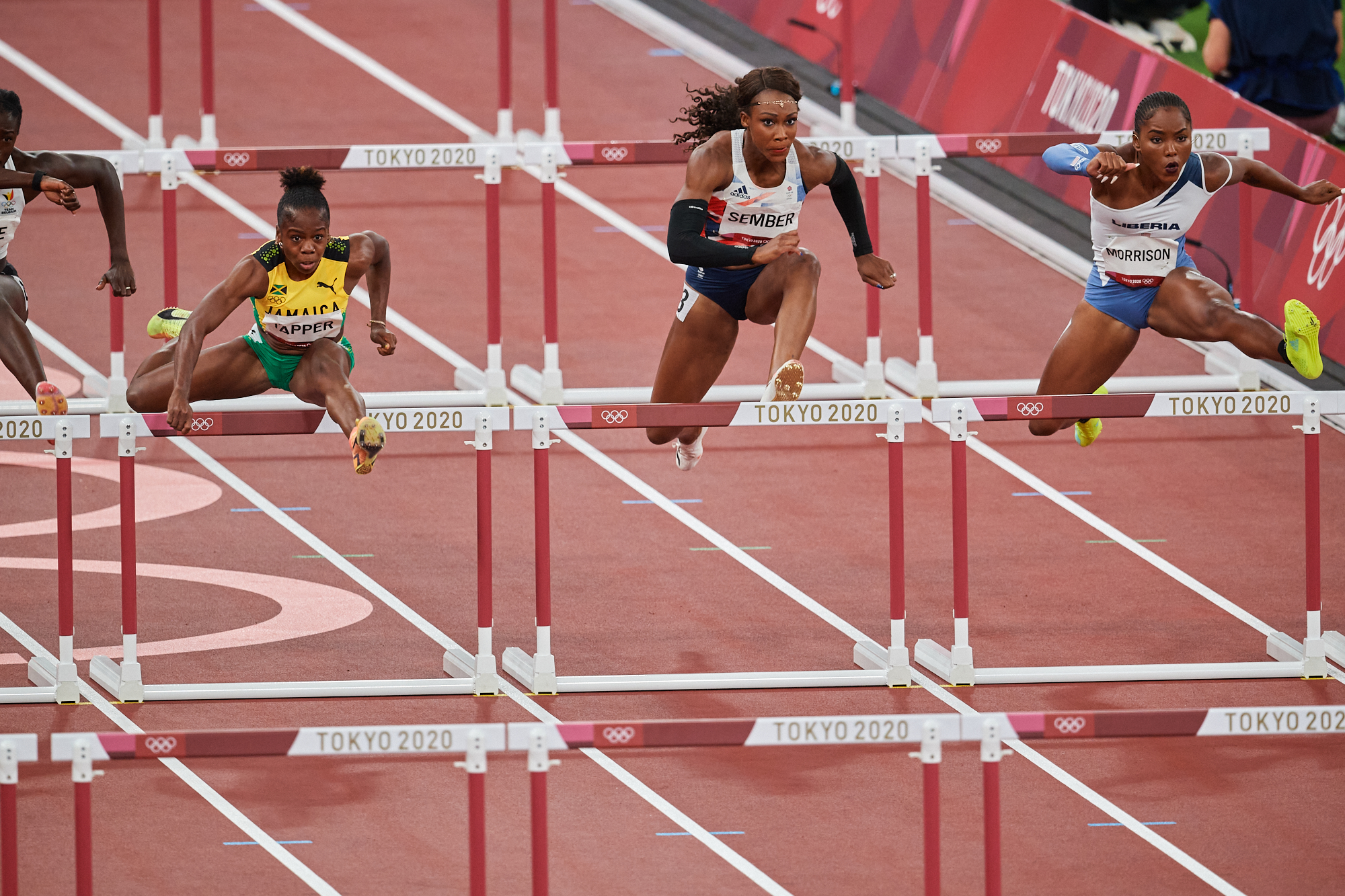
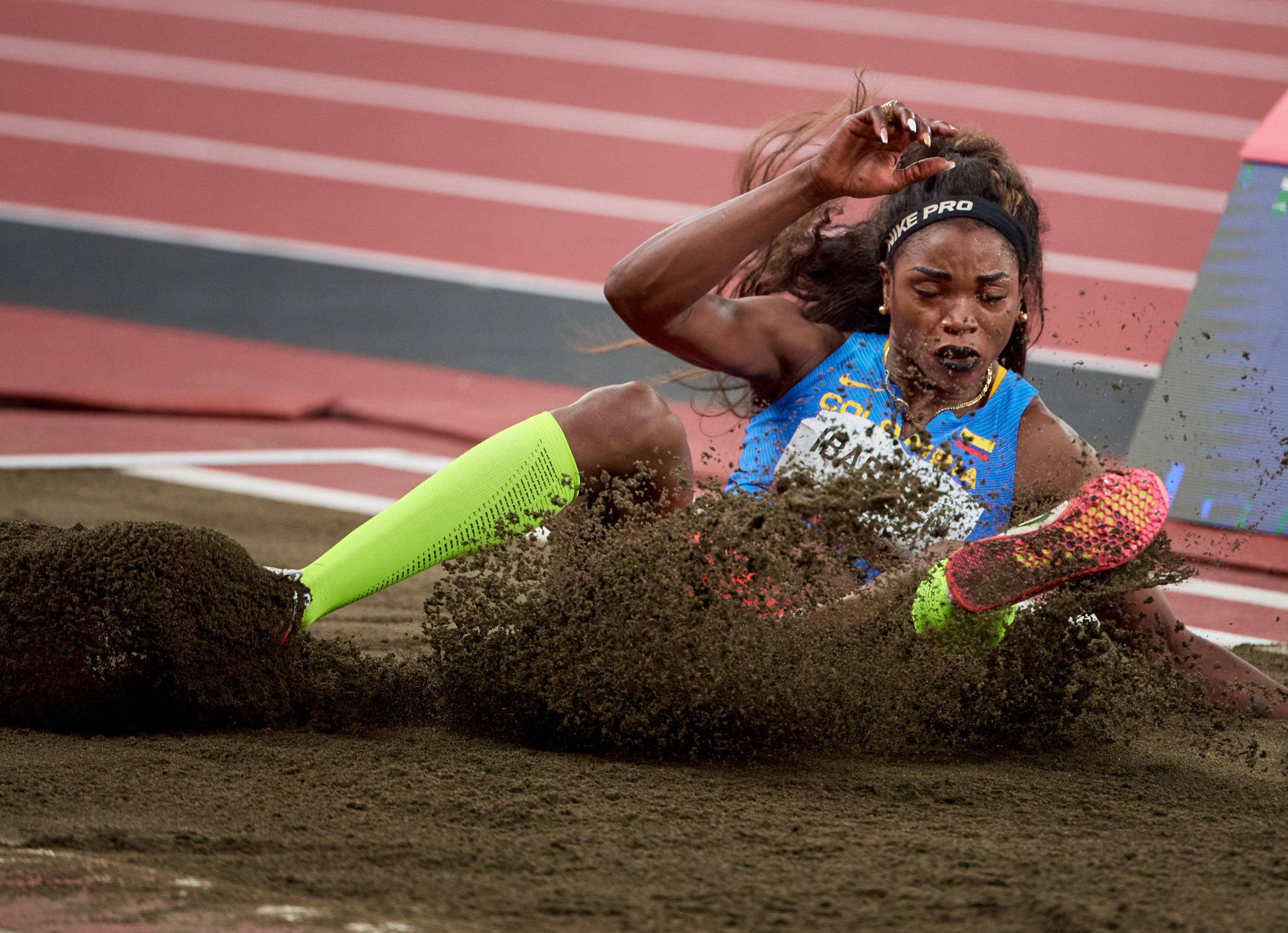
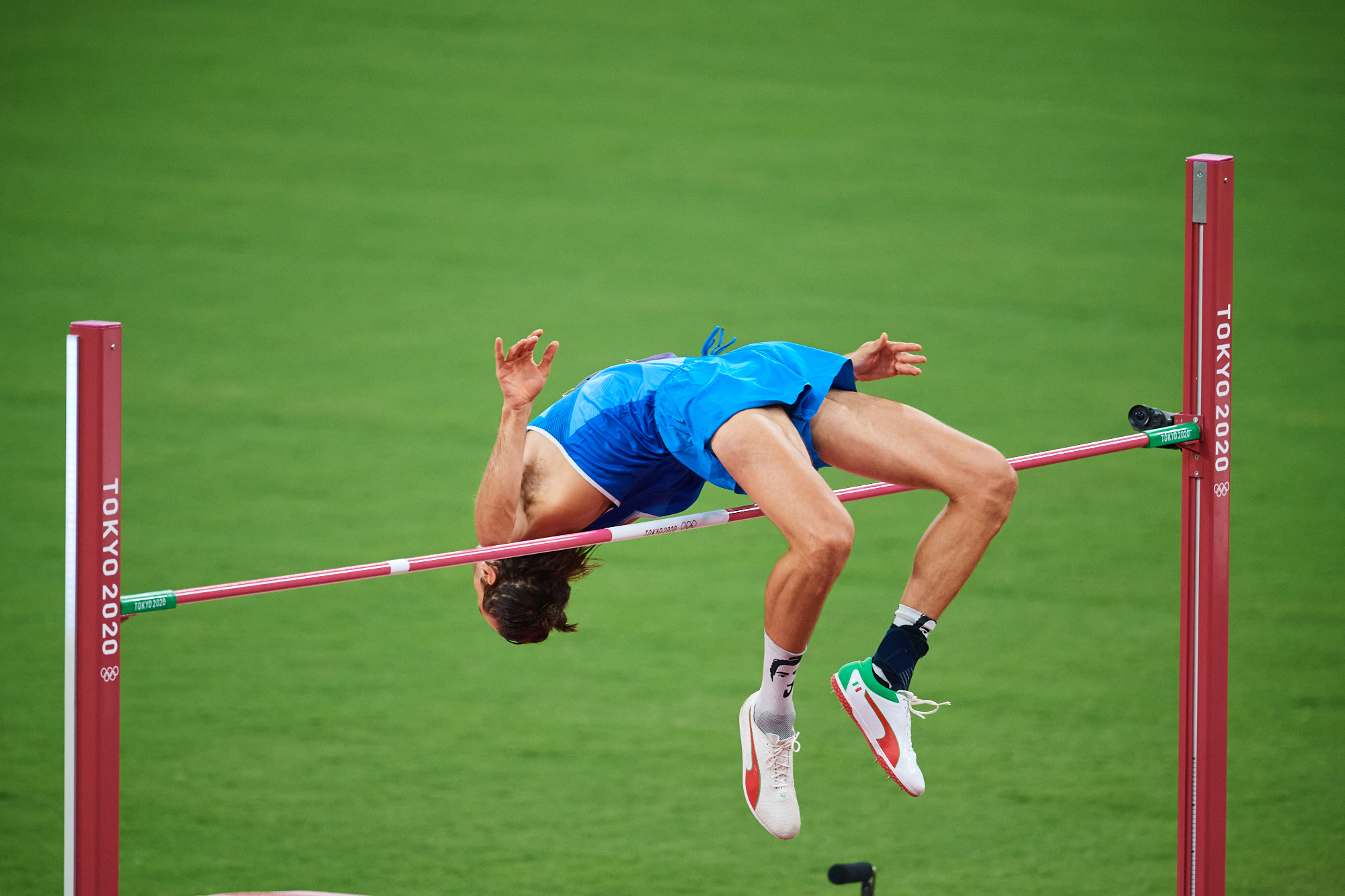
Or, almost no one. Sometimes, you could angle into an area of stands where there would be Olympic family, or coaches and staff.
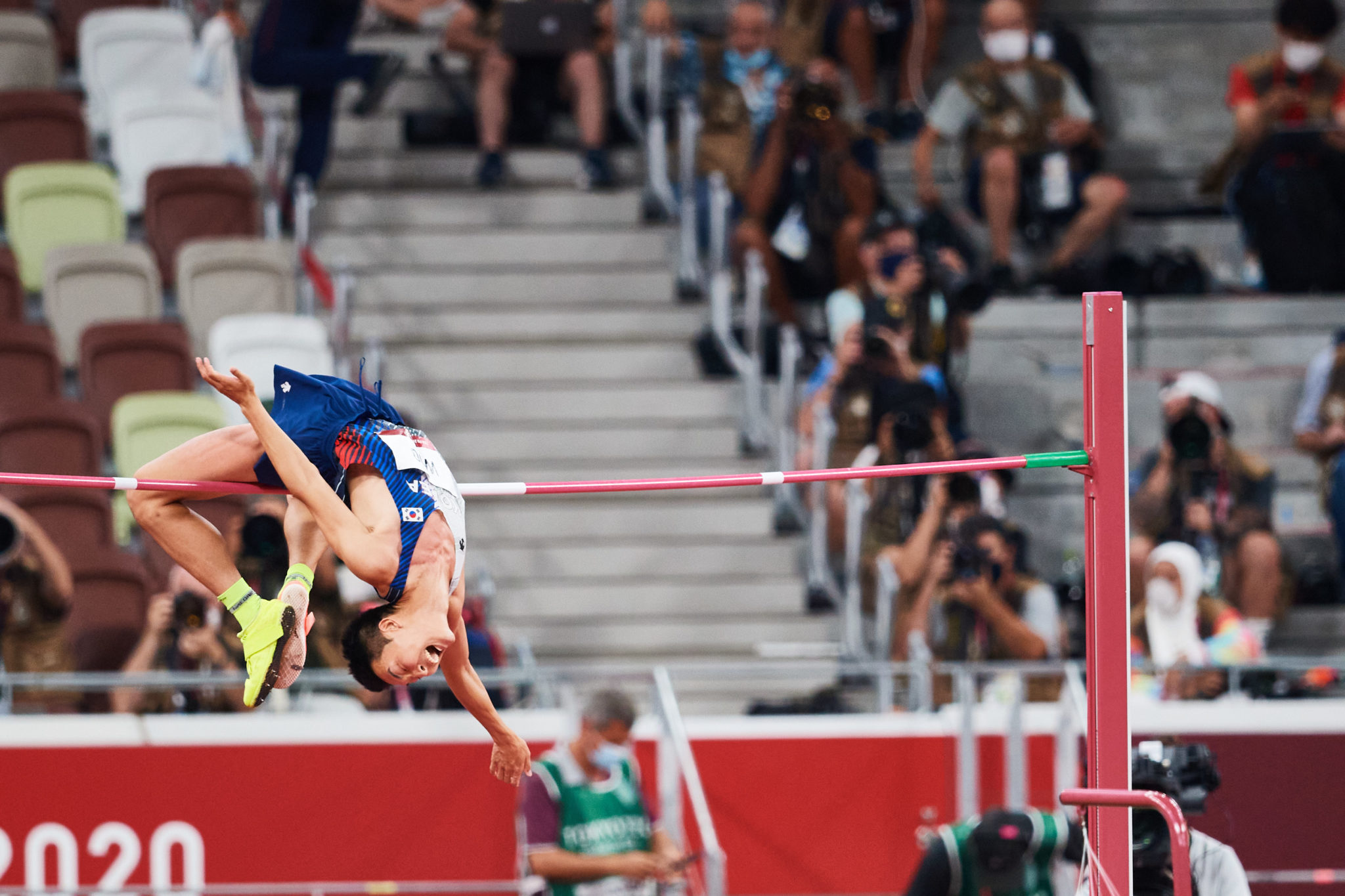
Question: Could I choose my sports to cover?
Answer: Yes, I was operating with a pretty free hand, and tried to go where I thought I could see great action, build some different sports into the overall block of coverage I was creating, and just plain have some fun, or cover a sport I had never covered, like skateboarding and surfing.
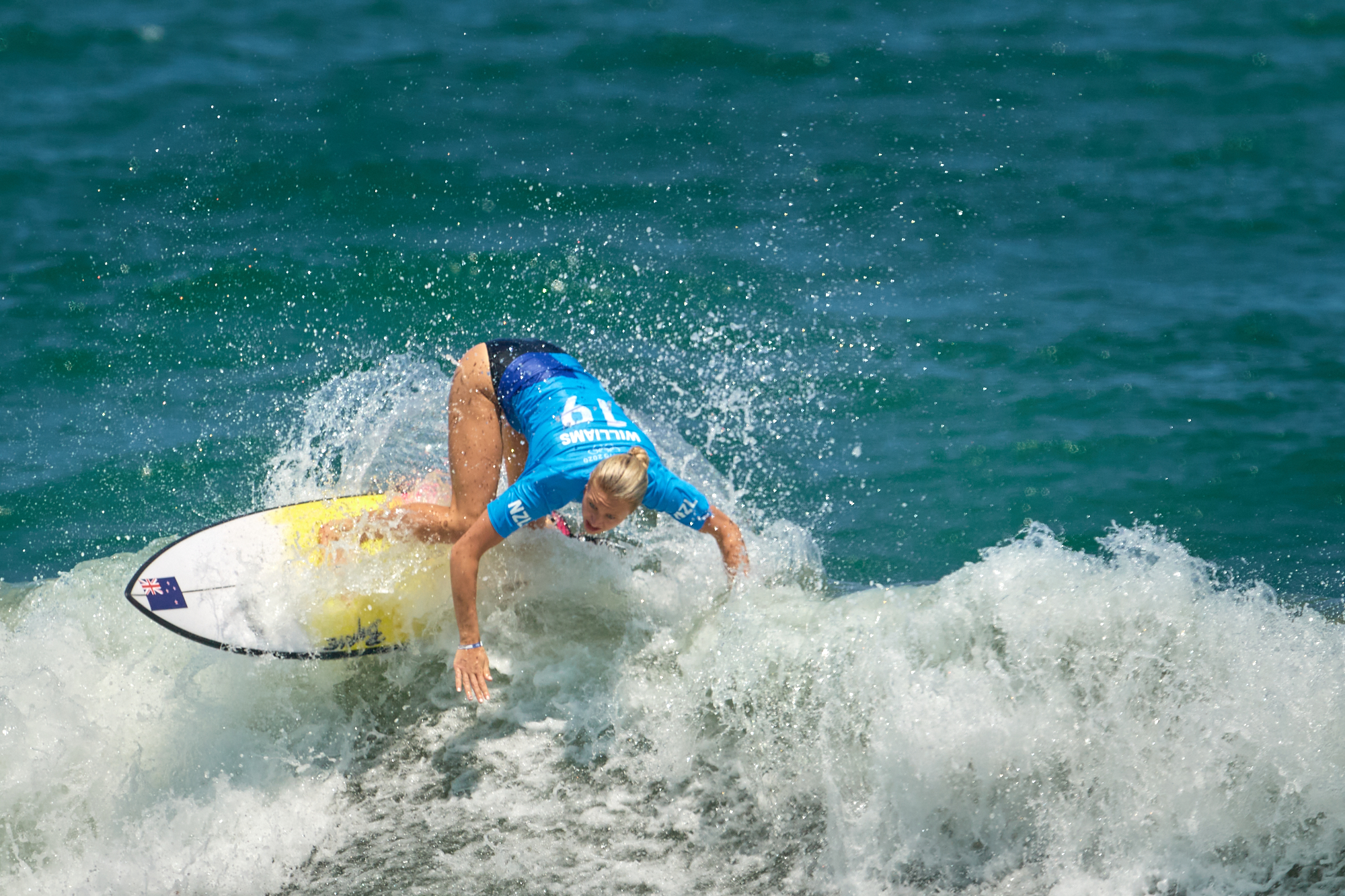
Question: Where’d you eat?
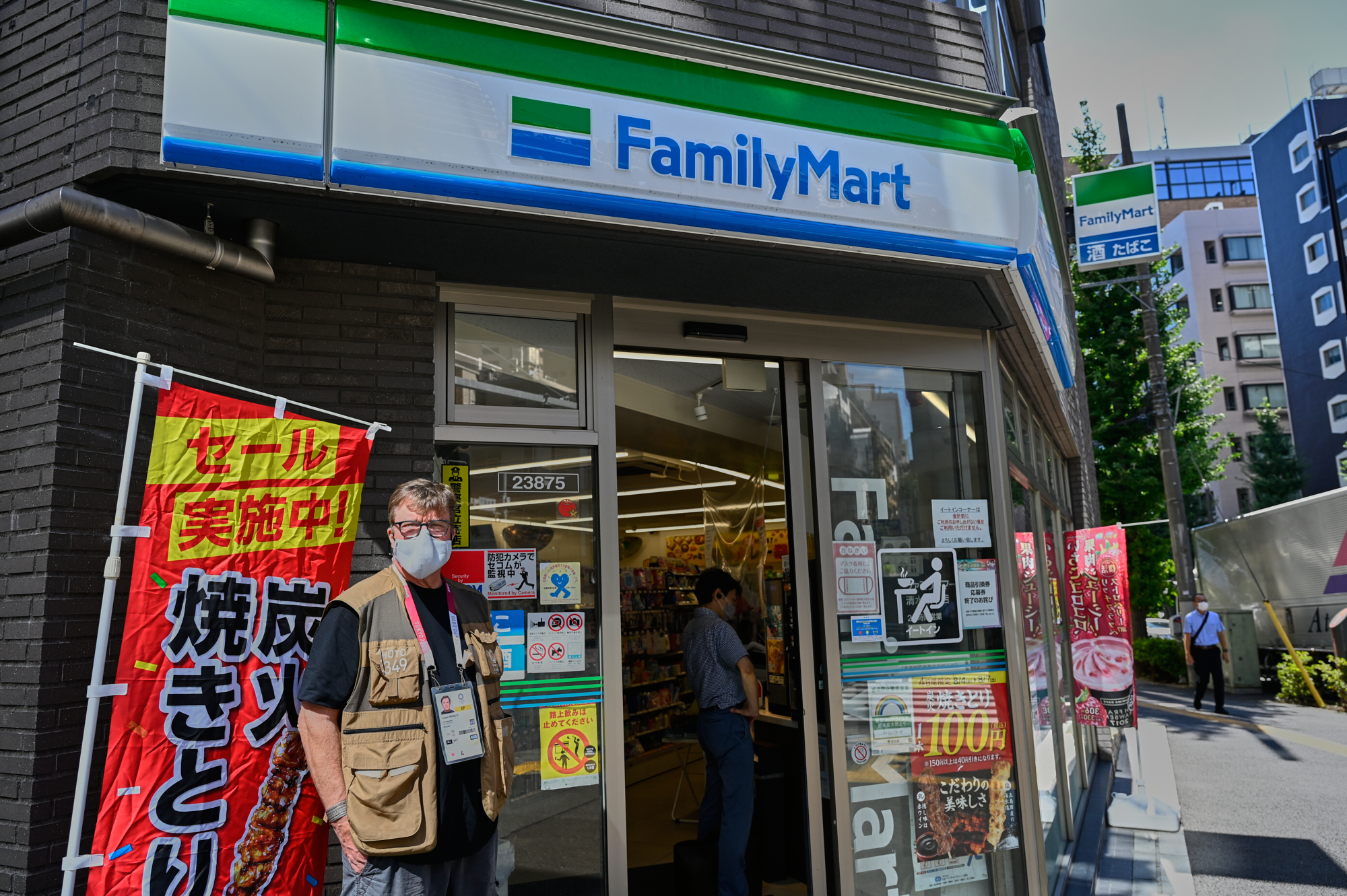
Question: How’d you get around?
Answer: The Olympic approved bus system. They were excellent, and frequent. And monitored, right from the moment of you stepping out of the elevator and into your hotel lobby.

A tough but amazing job. Many thanks again to the Japanese people, and especially the Olympic staff and volunteers. They pulled off a monumental task at a stressful time in the world.
More tk….
The post Round #1: Q&A from Olympic Coverage appeared first on Joe McNally Photography.






